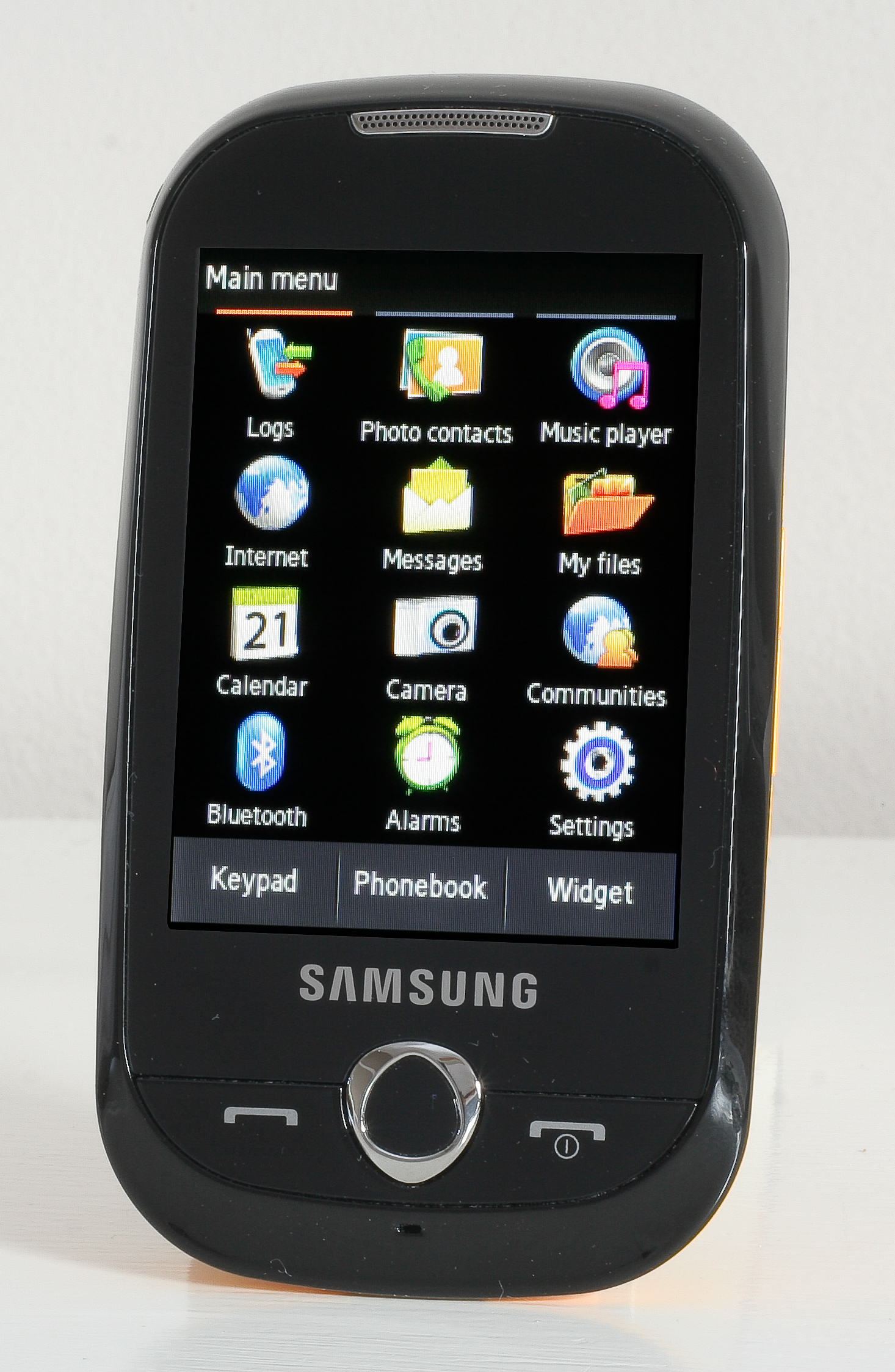Why you can trust TechRadar

The Genio's interface makes a poor first impression.
Compared to the crisp, vibrant screens of top-end phones like the iPhone, Pre and HTC Hero, the Genio's screen is a little muddy and a bit blurry.
The edges of characters and numbers lack definition and the less said about the horrible default wallpaper the better.
That lack of sharpness isn't a problem most of the time: we were still able to hit decent speeds while tapping out messages, but it does mean that the wow-factor of some of the things you can do on a mobile these days - watching videos on YouTube or looking at photos, for instance - is a little blunted.

The 2.8in screen's low 320 x 240 resolution doesn't help much. Worse, the main menu can be sluggish.
Tapping and dragging the widgets, which appear on the left-hand side of the screen, is frustrating as they jerk by.
Sign up for breaking news, reviews, opinion, top tech deals, and more.
The Genio helps out somewhat by providing haptic feedback whenever you touch it - it gives a short buzz of vibration when you touch the screen, which is handy for instantly telling whether your input has been recognised.
The drawback is that out of the box, this is a noisy companion. Every single touch on the screen is accompanied by an irritating digital bleep or tune. These can, at least, be turned off in the settings menu.
Positives
It isn't all bad, though. Samsung's bizarrely-named TouchWiz interface is sensible and easy to get around. The icons on the screen work well and are the right size for the tip of a finger - we never encountered a situation where we wanted a stylus.
A final usability word goes to the Genio's overall build.
It feels very light and thin in the hand, which is broadly a good thing, but without any significant weight anywhere on the phone it feels a little unbalanced, and certainly doesn't have the luxurious feel of handsets such as the HTC Hero.
Even if it doesn't look it, every time you pick it up you'll be reminded that the Genio is a budget phone.

The widget engine is fairly effective. It's a simple idea - drag a widget icon off the left-hand scrollbar onto the phone's desktop and it's installed.
For instance, you can install the Facebook widget and access your friends' data and write status updates without needing to visit the browser.
The lack of on-screen real estate is combatted by swiping your finger from side to side, revealing supplementary home screens either side of the original.
The number of available widgets is good enough and encompasses most of the major social networking sites, although it would be surprising to see wide support from application developers.
Current page: Samsung Genio: Interface
Prev Page Samsung Genio: Overview Next Page Samsung Genio: Calls, messaging and internetDave is a professional photographer whose work has appeared everywhere from National Geographic to the Guardian. Along the way he’s been commissioned to shoot zoo animals, luxury tech, the occasional car, countless headshots and the Northern Lights. As a videographer he’s filmed gorillas, talking heads, corporate events and the occasional penguin. He loves a good gadget but his favourite bit of kit (at the moment) is a Canon EOS T80 35mm film camera he picked up on eBay for £18.
